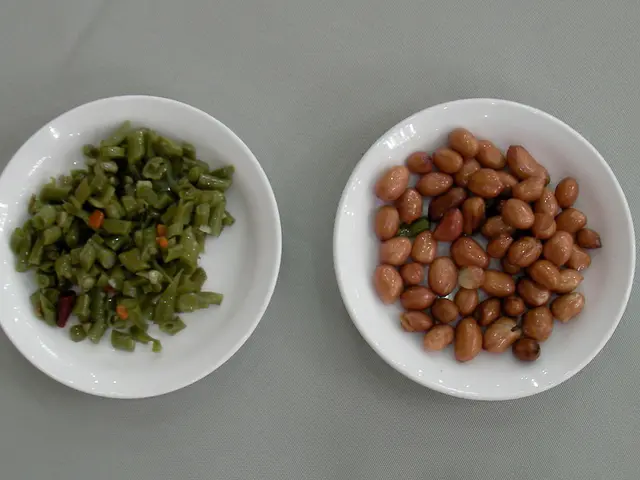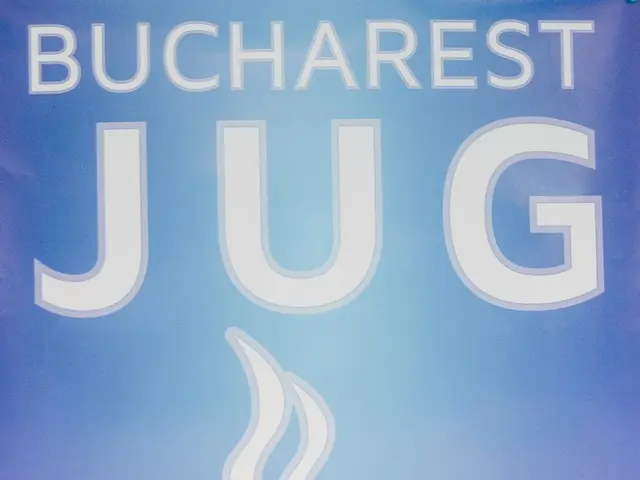Strategies for combating Lyme disease exhaustion: Top 5 approaches
Post-treatment Lyme disease syndrome (PTLDS), also known as chronic Lyme, is a condition that can persist after treatment for Lyme disease. Unfortunately, there are no proven cures for PTLDS, but treatment can help manage symptoms.
One approach to managing PTLDS symptoms is adopting an anti-inflammatory diet. This diet, rich in fruits, vegetables, lean protein, and healthy fats, may help reduce symptoms. Foods to avoid include those high in added sugar, processed carbohydrates, and processed meats. Curcumin, a compound found in turmeric, is anti-inflammatory and may help manage joint pain in PTLDS.
Managing fatigue is a key part of PTLDS management. Effective strategies include symptomatic relief, pacing, and supportive multidisciplinary care. Symptomatic management involves the use of pain relievers (NSAIDs), sleep aids, and cognitive therapy to address fatigue, pain, and cognitive dysfunction. Pacing activity levels and graded exercise, similar to those used in Myalgic Encephalomyelitis/Chronic Fatigue Syndrome (ME/CFS), can also help avoid exacerbation of fatigue.
Multidisciplinary care involves physical therapy and counseling, with shared decision-making between patients and providers to tailor management plans. Stress reduction and psychological support may also help improve overall symptoms since fatigue is multifactorial.
It's important to note that extended antibiotic therapy has been shown to be ineffective and can cause serious side effects. Novel therapies under investigation include regenerative approaches like stem cell therapy and Induced Native Phage Therapy (INPT), but these remain experimental and not standard care.
People should approach unproven treatments with caution, as they may not be effective or safe. Always discuss any new diet, supplement, or alternative therapy with a doctor before trying it. Nutrition and anti-inflammatory supplements may help manage fatigue in PTLDS, but there is little evidence to prove these strategies work. Rest and pacing are tools recommended for managing fatigue, although their effects are not studied specifically in this condition.
For those seeking support, organisations such as the Global Lyme Alliance, LymeDisease.org, and Lyme Connection provide a range of services, including support groups, finding a Lyme specialist, and managing finances.
In conclusion, managing fatigue in PTLDS focuses on symptomatic relief, pacing, and supportive multidisciplinary care, while research is ongoing into novel treatments like stem cell therapy and phage therapy, which remain investigational at this time. Always consult with a healthcare professional for personalised advice.
- A diet rich in fruits, vegetables, lean protein, and healthy fats, known as an anti-inflammatory diet, can potentially help reduce symptoms of Post-treatment Lyme disease syndrome (PTLDS).
- Managing fatigue in PTLDS involves the use of pain relievers, sleep aids, and cognitive therapy, as well as pacing activity levels and graded exercise.
- Multidisciplinary care for managing PTLDS includes physical therapy, counseling, and shared decision-making between patients and providers, with a focus on stress reduction and psychological support.
- While there is little evidence to prove that nutrition and anti-inflammatory supplements work to manage fatigue in PTLDS, they may be beneficial when used in conjunction with symptomatic relief and pacing.
- Support organizations like the Global Lyme Alliance, LymeDisease.org, and Lyme Connection offer various services, including support groups, finding a Lyme specialist, and managing finances for those dealing with PTLDS.







